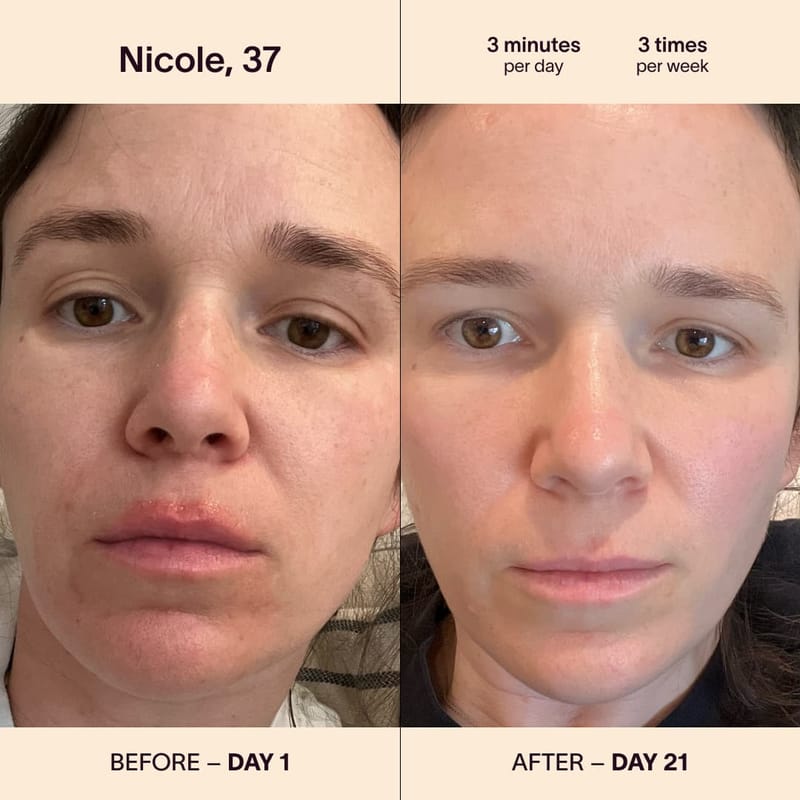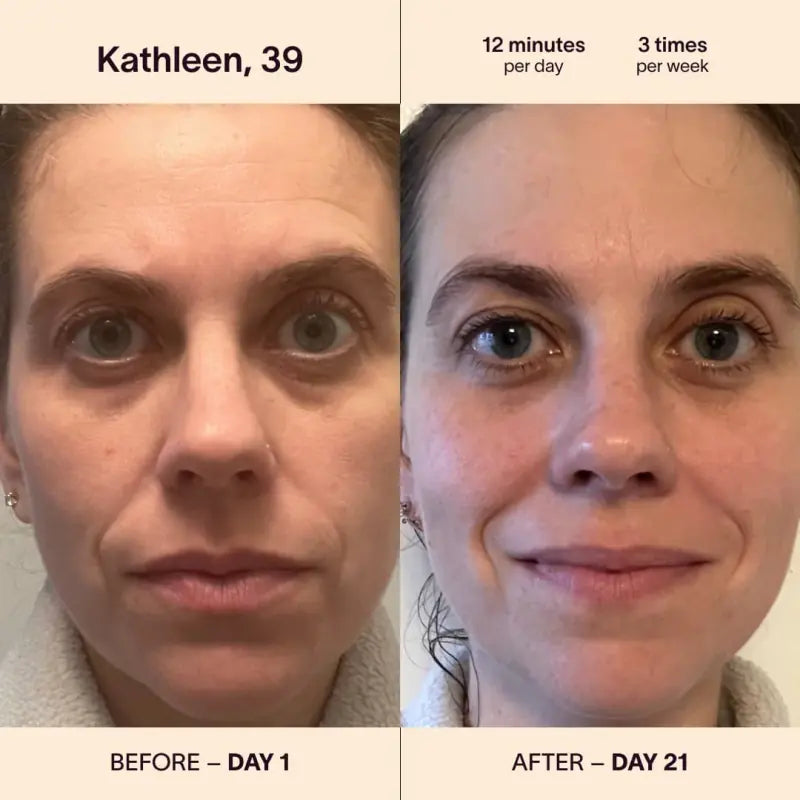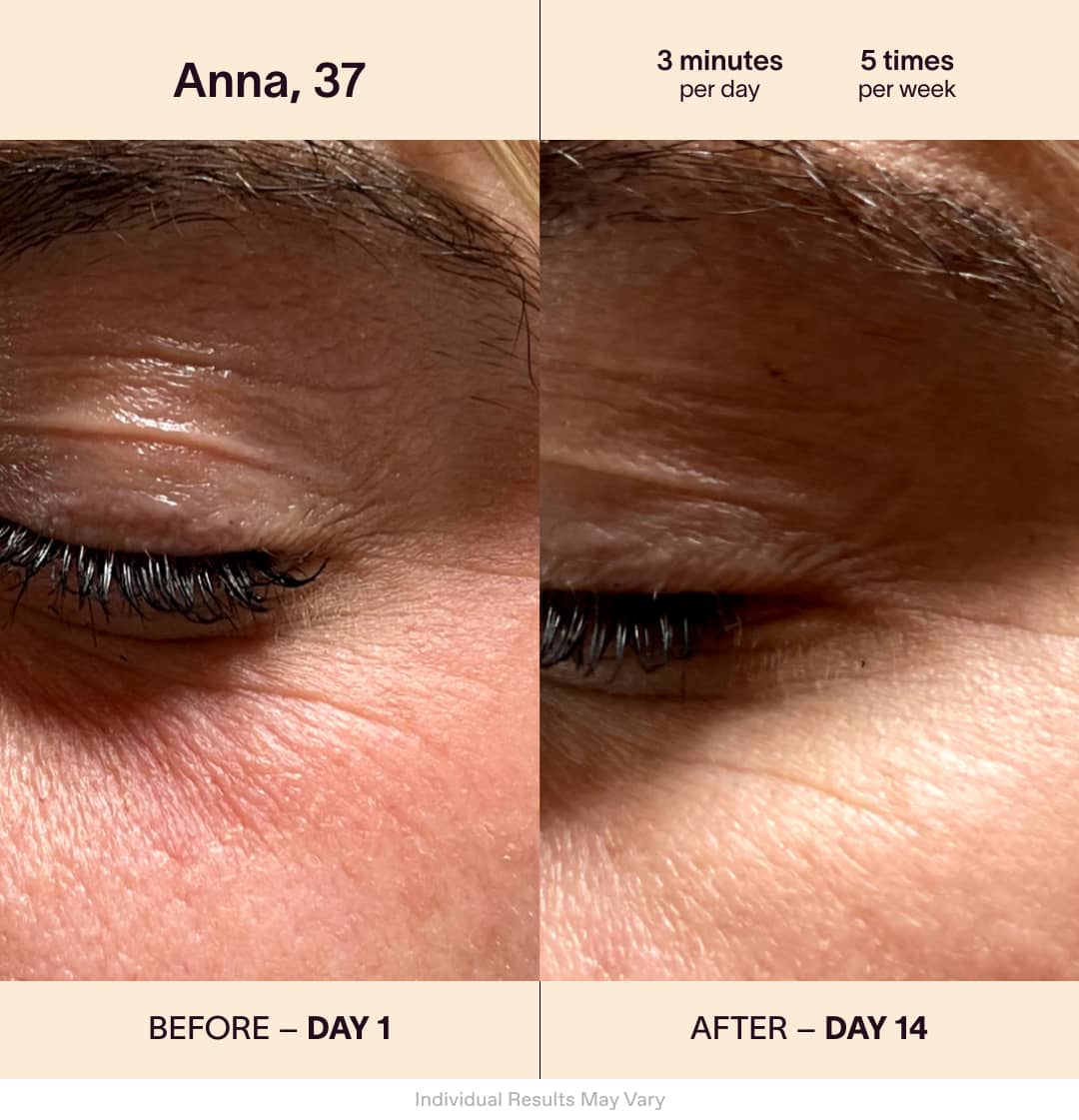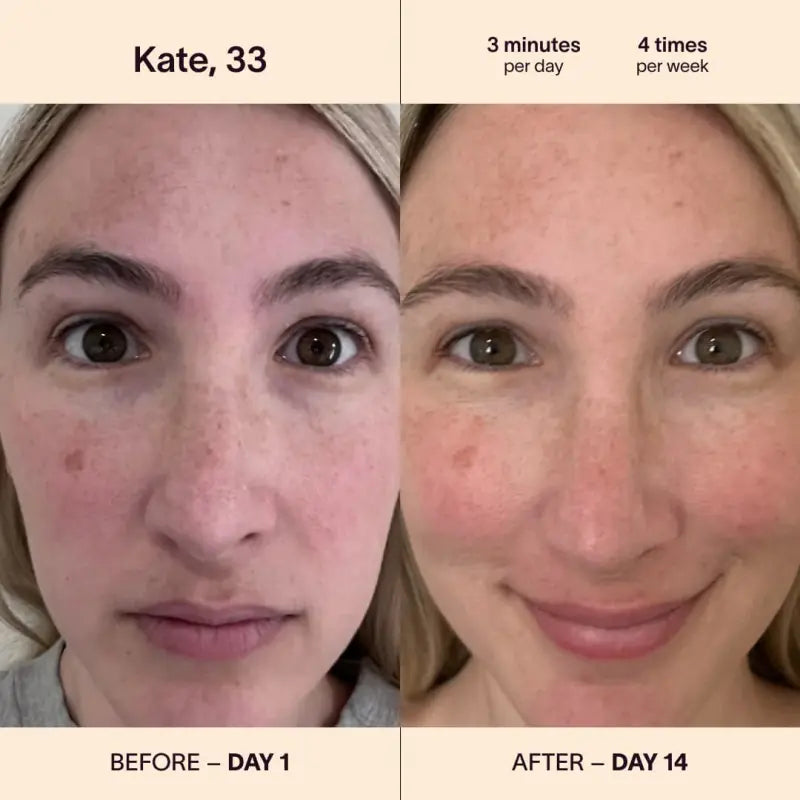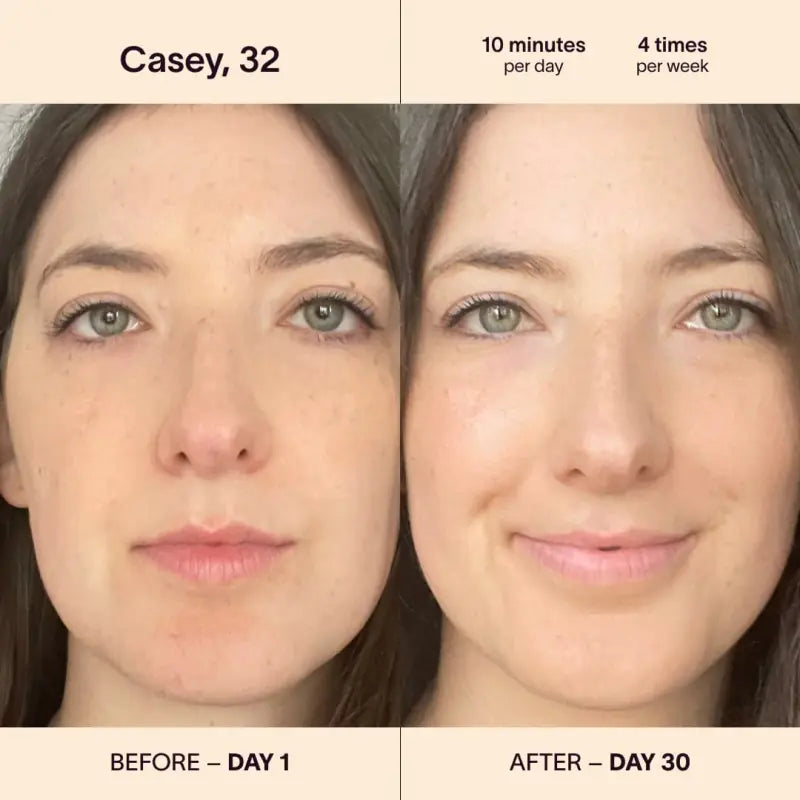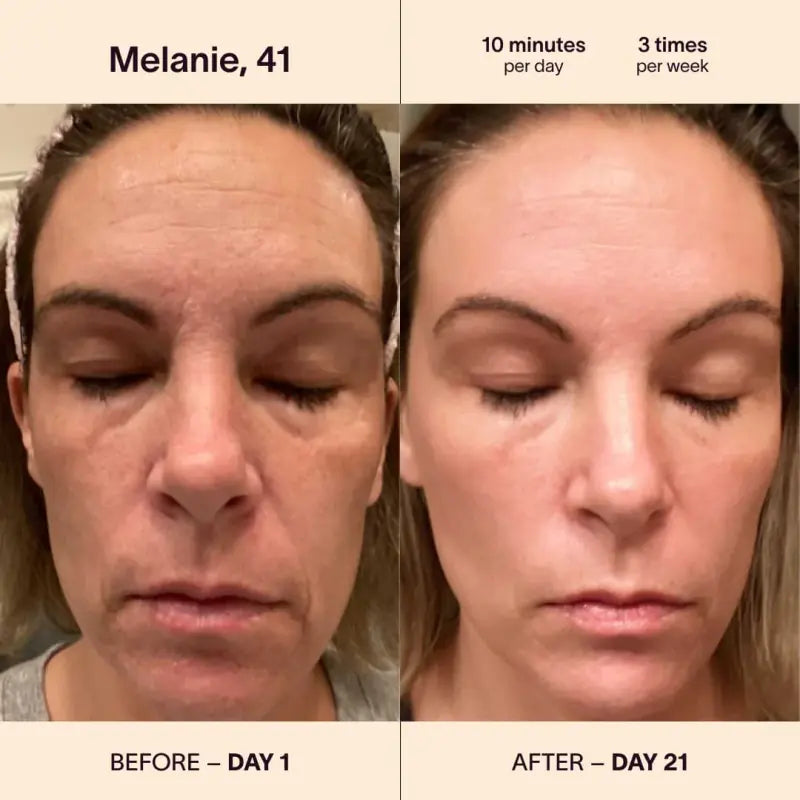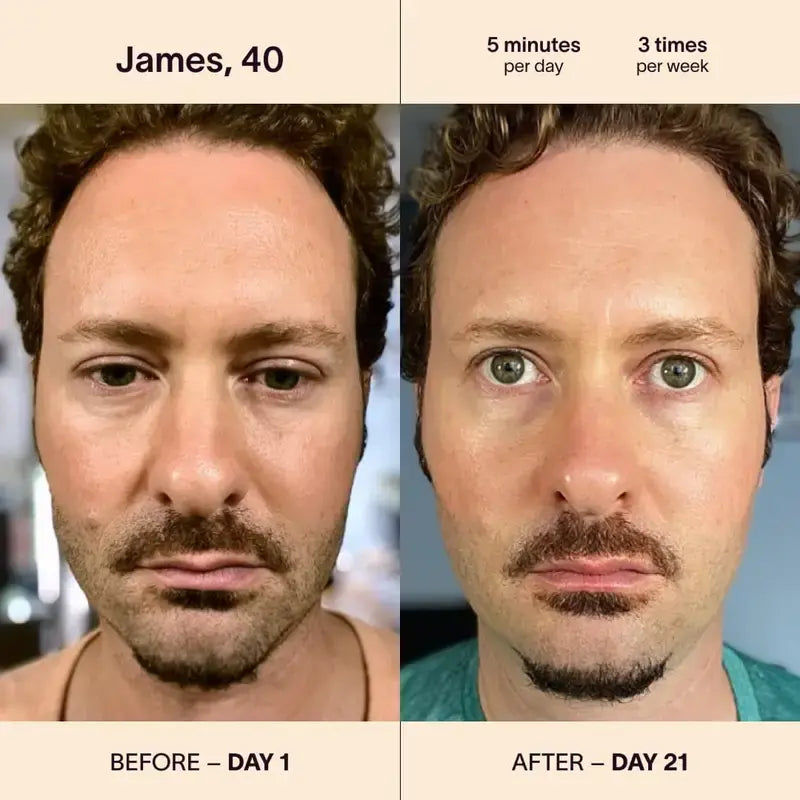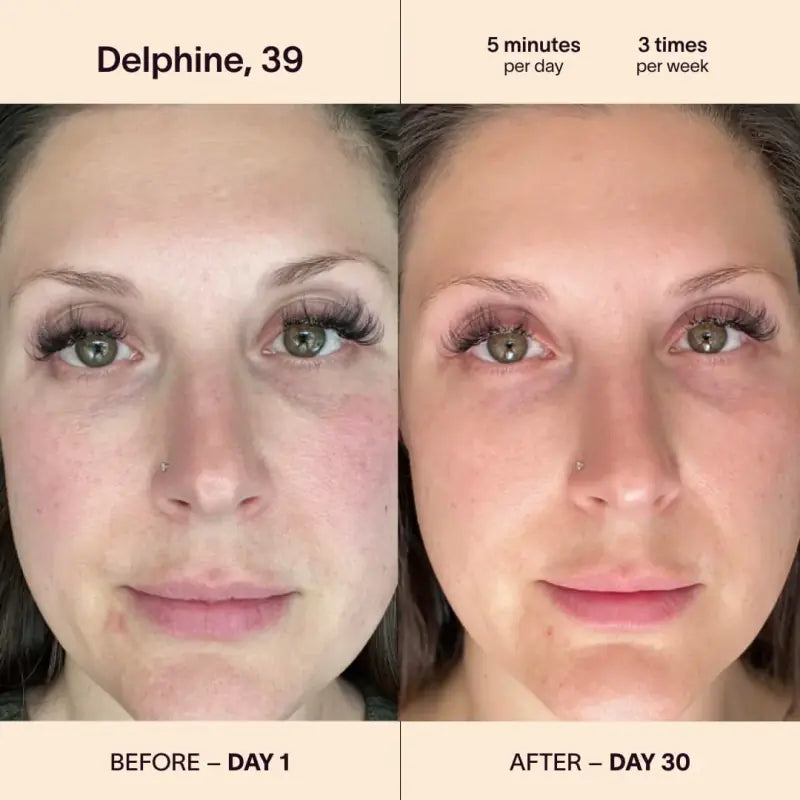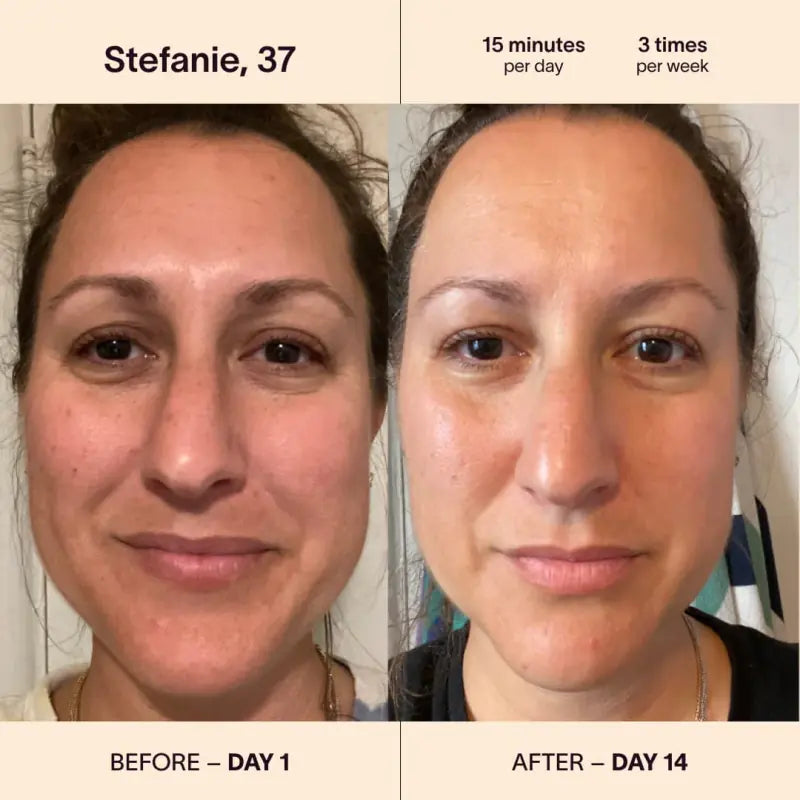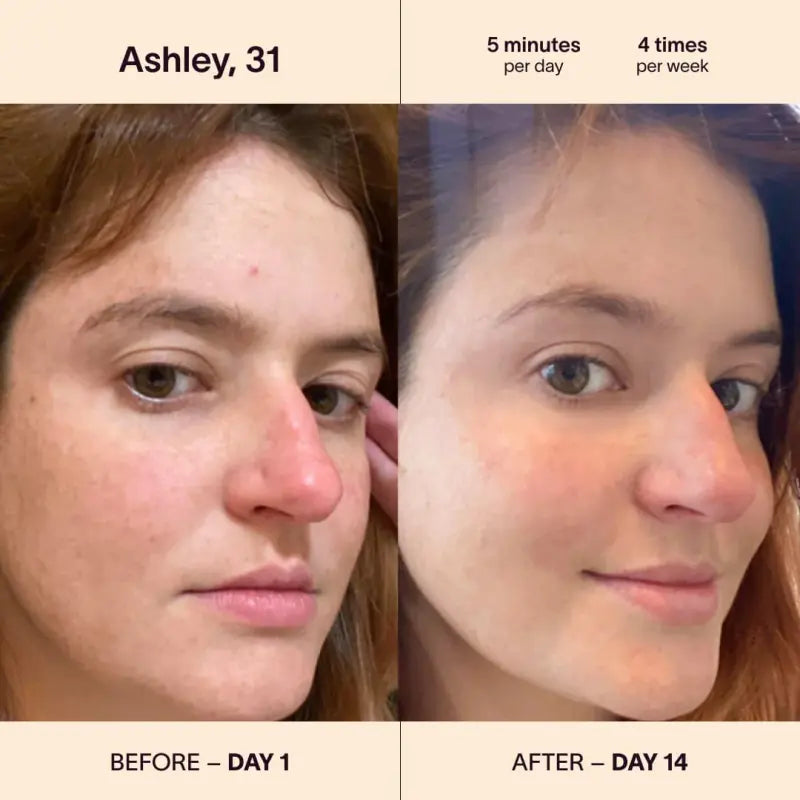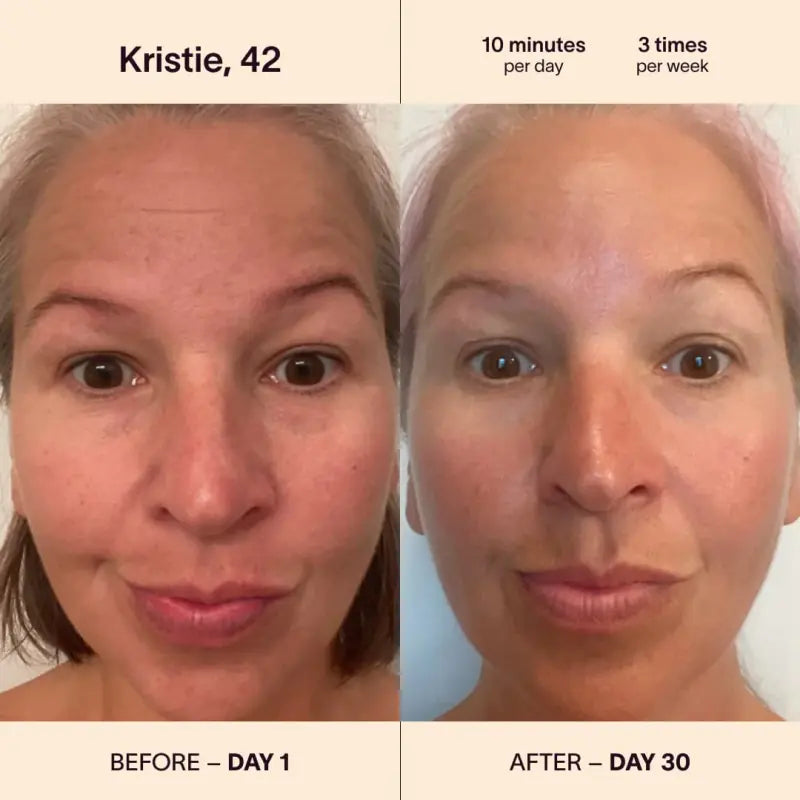Red light therapy (RLT) isn't just a buzzword in the beauty industry; it's a scientifically backed treatment that's been making waves for its impressive skin benefits. If you're looking to enhance your skin tone and appearance, RLT might just be your new best friend. Let's dive into the five ways red light therapy, especially when combined with infrared light therapy, can help you achieve that radiant glow.
1. Boosts Collagen Production
Collagen is the unsung hero of youthful skin. It's the protein that keeps your skin firm, smooth, and elastic. Unfortunately, as we age, our collagen production slows down, leading to wrinkles and sagging skin. Here's where red light therapy comes in.
How It Works
Red light therapy penetrates the skin at a depth of about 8-10 millimeters, stimulating fibroblasts—the cells responsible for collagen production. When these cells are activated, they produce more collagen, which helps to:
- Reduce wrinkles: More collagen means fewer fine lines and wrinkles.
- Improve skin elasticity: Enhanced collagen levels make your skin more resilient and elastic.
- Smooth out texture: A collagen boost helps in achieving a smoother, more even skin texture.
Scientific Backing
A study published in the Journal of Cosmetic and Laser Therapy found that participants who underwent red light therapy experienced significant improvements in skin complexion and collagen density. Now, who wouldn't want that?
2. Reduces Inflammation and Redness
Inflammation and redness can be major culprits behind uneven skin tone and various skin conditions like rosacea and eczema. Red light therapy has anti-inflammatory properties that can help soothe your skin.
How It Works
Red light therapy helps by:
- Reducing cytokines: These are the molecules that trigger inflammation. By lowering their levels, RLT helps to calm irritated skin.
- Increasing blood flow: Improved circulation helps in delivering more oxygen and nutrients to the skin, aiding in the healing process.
Scientific Backing
Research in the Journal of Investigative Dermatology has shown that red light therapy can significantly reduce inflammation markers, making it an effective treatment for inflammatory skin conditions.
3. Accelerates Wound Healing
Whether it's acne scars, surgical scars, or minor cuts, red light therapy can speed up the healing process, helping you achieve a clearer and more even skin tone.
How It Works
Red light therapy enhances cellular activity, promoting quicker tissue repair and regeneration. This is particularly beneficial for:
- Acne scars: Faster healing means reduced scarring.
- Minor cuts and abrasions: Quicker recovery helps in maintaining an even skin tone.
Scientific Backing
A study in the American Journal of Pathology found that red light therapy accelerates the healing of wounds by promoting the formation of new tissue and blood vessels.
4. Improves Skin Hydration
Dry skin can make you look older and more tired than you actually are. Red light therapy can help improve your skin's hydration levels, giving you a fresher, more youthful appearance.
How It Works
Red light therapy stimulates the production of hyaluronic acid, a natural substance in your skin that helps retain moisture. This leads to:
- Better hydration: Well-hydrated skin looks plumper and more youthful.
- Reduced dryness: Improved moisture levels help in combating dryness and flakiness.
Scientific Backing
According to a study in the Journal of Clinical and Aesthetic Dermatology, red light therapy significantly increased skin hydration levels in participants, making it a fantastic option for dry skin.
5. Combats Hyperpigmentation
Hyperpigmentation, whether from sun damage, acne, or hormonal changes, can leave your skin looking uneven. Red light therapy can help reduce these dark spots, giving you a more uniform complexion.
How It Works
Red light therapy targets melanocytes, the cells responsible for pigment production. By regulating their activity, RLT helps to:
- Fade dark spots: Reduced pigment production leads to lighter dark spots.
- Even out skin tone: A more uniform complexion is achieved as hyperpigmentation is minimized.
Scientific Backing
A study in the Journal of Photochemistry and Photobiology found that red light therapy effectively reduced hyperpigmentation in participants, making it a viable option for those struggling with uneven skin tone.
Combining Red Light Therapy with Infrared Light Therapy
While red light therapy alone offers numerous benefits, combining it with infrared light therapy can amplify these effects. Infrared light penetrates deeper into the skin, reaching the dermal layers that red light alone can't. This combination can:
- Enhance collagen production: Deeper penetration means more collagen stimulation.
- Improve circulation: Better blood flow leads to more oxygen and nutrients reaching your skin.
- Accelerate healing: Faster tissue repair and regeneration for a clearer complexion.
Scientific Backing
A study published in Lasers in Surgery and Medicine found that the combination of red and infrared light therapy significantly improved skin texture, tone, and overall appearance compared to red light therapy alone.
Final Thoughts
Red light therapy, especially when combined with infrared light therapy, offers a multitude of benefits for improving your skin tone and appearance. From boosting collagen production to combating hyperpigmentation, this treatment is backed by science and loved by many for its non-invasive, effective results. So, if you're looking to enhance your skin's health and radiance, red light therapy might just be the glowing answer you've been searching for.





